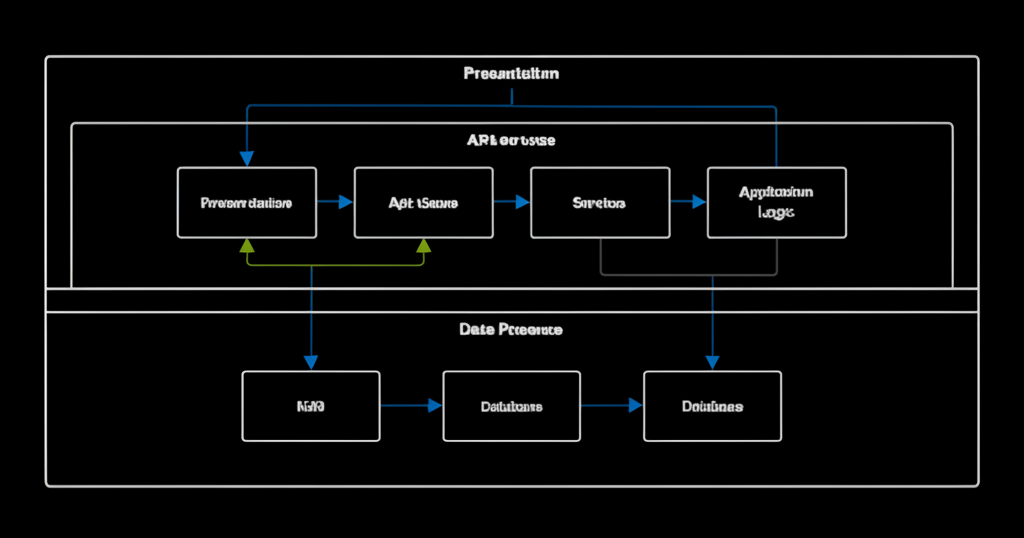The debate between microservices and monolithic architectures continues to be one of the most discussed topics in software development. Both approaches have their merits, and the right choice depends on various factors including team size, project complexity, and organizational goals.
Understanding Monolithic Architecture
A monolithic application is deployed as a single unit where all components are interconnected and interdependent. Changes to any part of the application require rebuilding and redeploying the entire application.
Advantages of Monoliths
- Simpler development and testing in early stages
- Easier deployment and monitoring
- Better performance due to in-process communication
- Simpler debugging and troubleshooting
- Lower operational complexity
Disadvantages of Monoliths
- Difficult to scale individual components
- Technology stack lock-in
- Larger codebase can become unwieldy
- Deployment of small changes requires full application deployment
- Single point of failure
Understanding Microservices Architecture
Microservices architecture breaks down an application into smaller, independent services that communicate over well-defined APIs. Each service can be developed, deployed, and scaled independently.
Advantages of Microservices
- Independent scaling of services
- Technology diversity - different services can use different tech stacks
- Fault isolation - failure in one service doesn't bring down the entire system
- Team autonomy - different teams can work on different services
- Easier to understand and modify individual services
Disadvantages of Microservices
- Increased operational complexity
- Network latency and reliability issues
- Data consistency challenges
- More complex testing and debugging
- Service discovery and configuration management overhead
When to Choose Monoliths
Monolithic architecture is often the right choice when:
- You're building a new application with an uncertain domain
- Your team is small (less than 10 developers)
- You need to move fast and iterate quickly
- Your application has simple, well-defined boundaries
- You have limited operational expertise
When to Choose Microservices
Microservices architecture makes sense when:
- Your application has clear, stable domain boundaries
- You have multiple teams working on the same application
- Different parts of your application have different scaling requirements
- You need to use different technologies for different services
- You have strong DevOps and operational capabilities
The Middle Ground: Modular Monoliths
Consider a modular monolith as a compromise solution. This approach maintains the simplicity of a monolith while organizing code into well-defined modules that could potentially be extracted into microservices later.
Migration Strategies
If you're considering migrating from a monolith to microservices, consider the "Strangler Fig" pattern - gradually replacing parts of the monolith with microservices over time.
Conclusion
There's no one-size-fits-all answer to the monolith vs microservices debate. Start with a monolith for most new projects, and consider microservices when you have clear evidence that the benefits outweigh the added complexity. Remember, you can always evolve your architecture as your application and organization grow.
